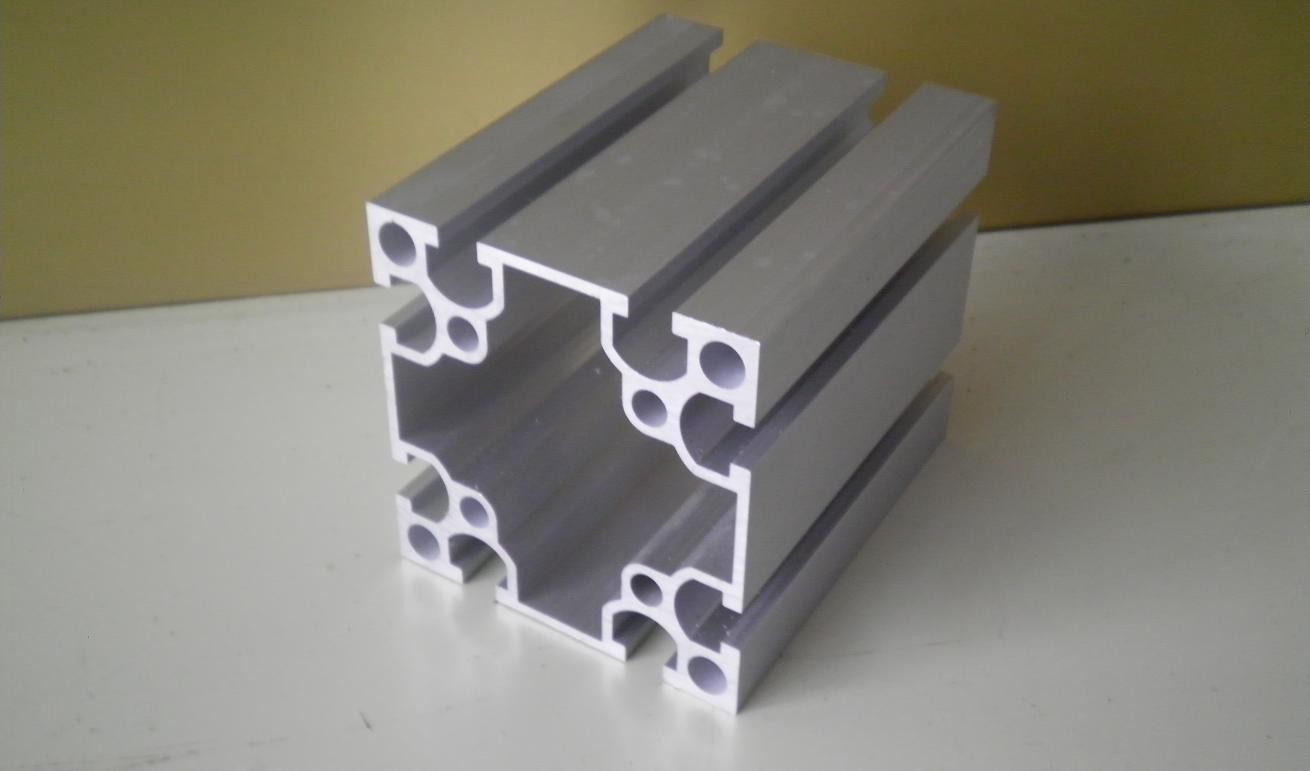When it comes to building aesthetics and functionality, the terms exterior cladding and rendering often surface in discussions among architects, builders, and homeowners alike. While both serve the purpose of protecting a structure and enhancing its visual appeal, they are distinct in their materials, applications, and benefits. This article aims to delve deep into the nuances of exterior cladding and rendering, helping you understand their differences and guiding you in making informed decisions for your construction or renovation projects.
Understanding Exterior Cladding
What is Exterior Cladding?
Exterior cladding refers to the outer layer of a building that serves as a protective skin. It can be made from a variety of materials, including wood, metal, vinyl, brick, stone, and composite materials. The primary functions of cladding are to provide insulation, weather resistance, and aesthetic appeal.
Types of Exterior Cladding
- Wood Cladding: Known for its natural beauty, wood cladding offers warmth and character. However, it requires regular maintenance to prevent rot and insect damage.
- Metal Cladding: Often used in modern architecture, metal cladding (such as aluminum or steel) is durable and low-maintenance, providing a sleek, contemporary look.
- Vinyl Cladding: A cost-effective option, vinyl cladding is available in various colors and styles. It is resistant to fading and requires minimal upkeep.
- Brick and Stone Cladding: These materials offer timeless appeal and exceptional durability. They are often used in traditional and rustic designs.
- Composite Cladding: Made from a blend of materials, composite cladding mimics the appearance of wood or stone while offering enhanced durability and lower maintenance.
Exploring Rendering
What is Rendering?
Rendering is a process that involves applying a mixture of cement, sand, and water (often with additives) to the exterior walls of a building. This mixture is typically applied in layers and can be finished in various textures and colors. Rendering serves both functional and aesthetic purposes, providing a smooth, uniform surface that can enhance the overall appearance of a structure.
Types of Rendering
- Cement Render: The most common type, cement render is durable and can be painted or left in its natural state. It is often used to create a modern, minimalist look.
- Acrylic Render: This type incorporates acrylic resins, making it more flexible and resistant to cracking. It can be tinted in various colors and is ideal for achieving a smooth finish.
- Lime Render: Known for its breathability, lime render is often used in historic buildings. It allows moisture to escape, preventing damage to the underlying structure.
- Textured Render: This type of render can be applied in various patterns and finishes, adding depth and character to a building's exterior.
Key Differences Between Cladding and Rendering
- Material Composition: The most fundamental difference lies in their material composition. Cladding is typically made from solid materials like wood, metal, or stone, while rendering is a mixture of cement and sand applied as a coating.
- Installation Method: Cladding is installed as individual panels or boards attached to the building's frame, whereas rendering is applied directly to the wall surface in a layered manner.
- Aesthetic Versatility: Cladding offers a broader range of aesthetic options due to the variety of materials available. Rendering, while customizable in texture and color, is generally limited to a smooth or textured finish.
- Maintenance Requirements: Cladding materials vary in maintenance needs; for instance, wood requires regular treatment, while metal may need occasional cleaning. Rendering, on the other hand, may require repainting or patching over time, especially if it develops cracks.
- Insulation and Weather Resistance: While both cladding and rendering provide some level of insulation and weather resistance, cladding typically offers superior thermal performance due to its multi-layered structure and the air gap it creates between the cladding and the building envelope.
Conclusion
In summary, while exterior cladding and rendering may appear similar at first glance, they serve different purposes and come with their own set of advantages and disadvantages. Understanding these differences is crucial for homeowners, builders, and architects alike when making decisions about building exteriors. Whether you opt for the robust protection and aesthetic variety of cladding or the sleek, modern finish of rendering, both options can significantly enhance the beauty and functionality of your property.

